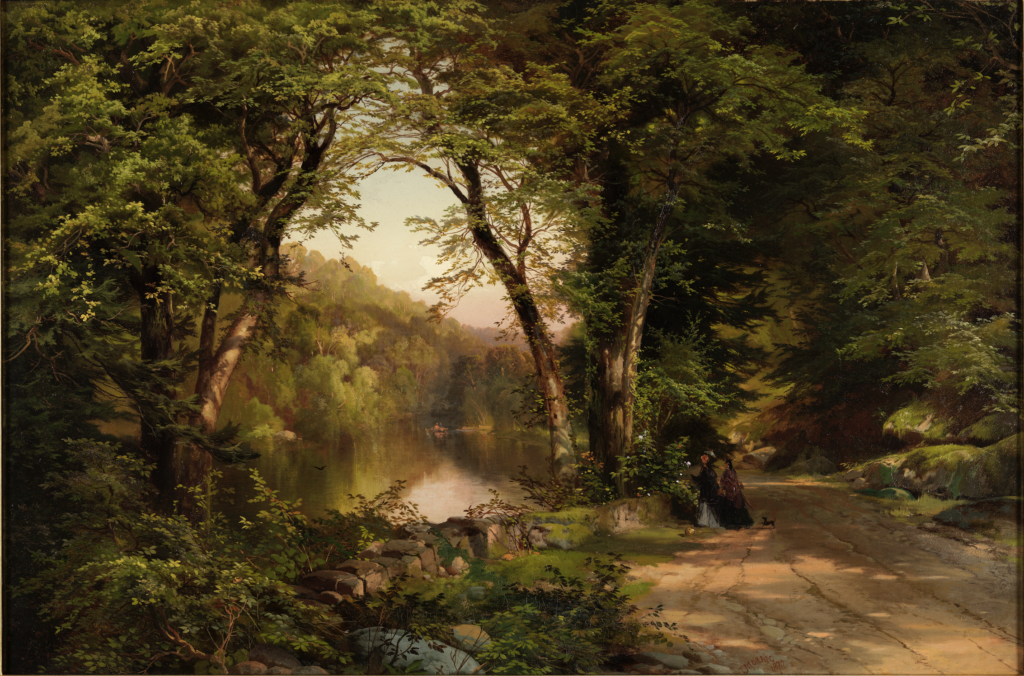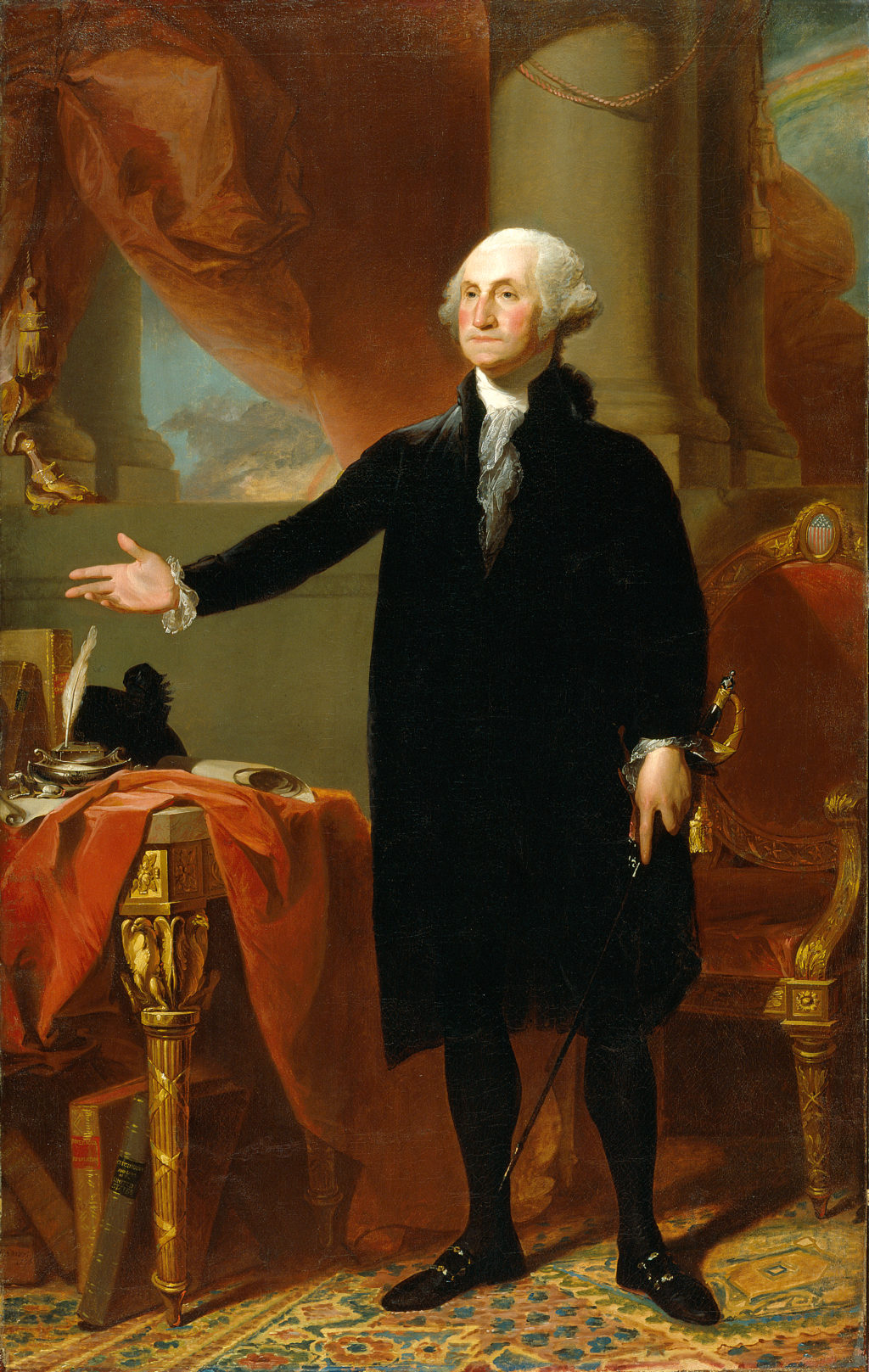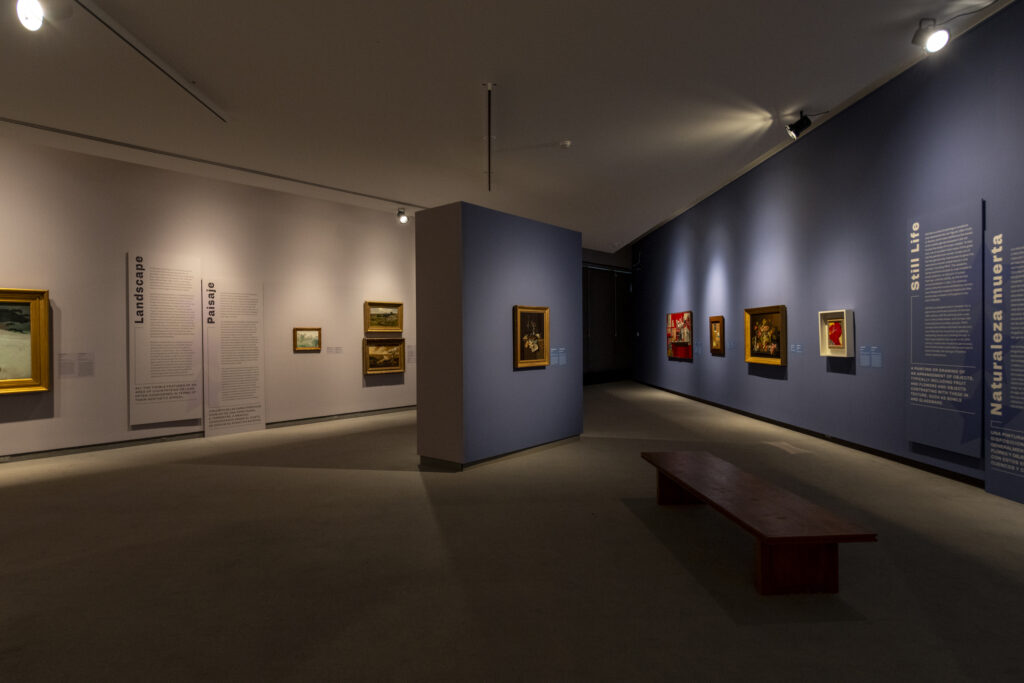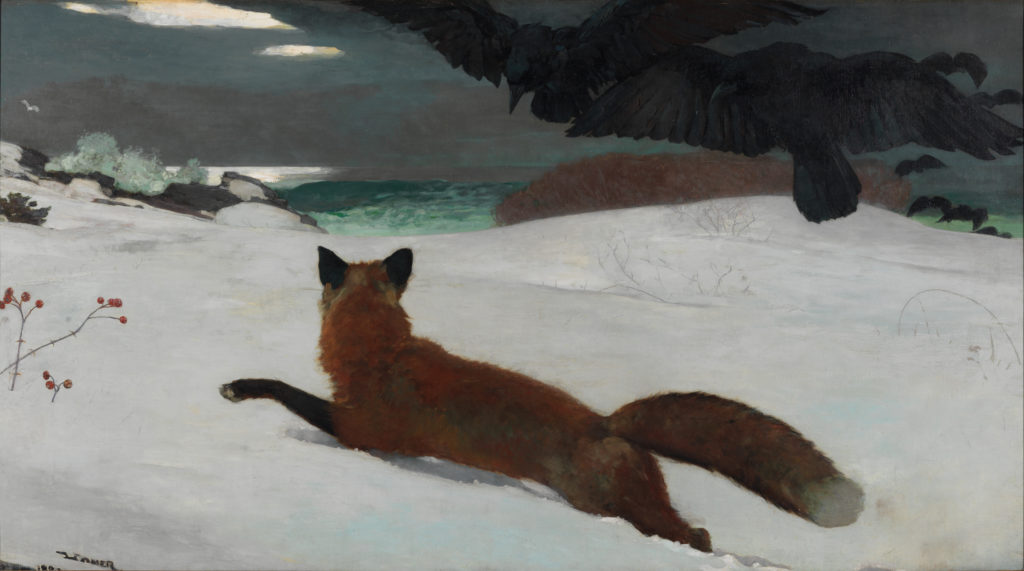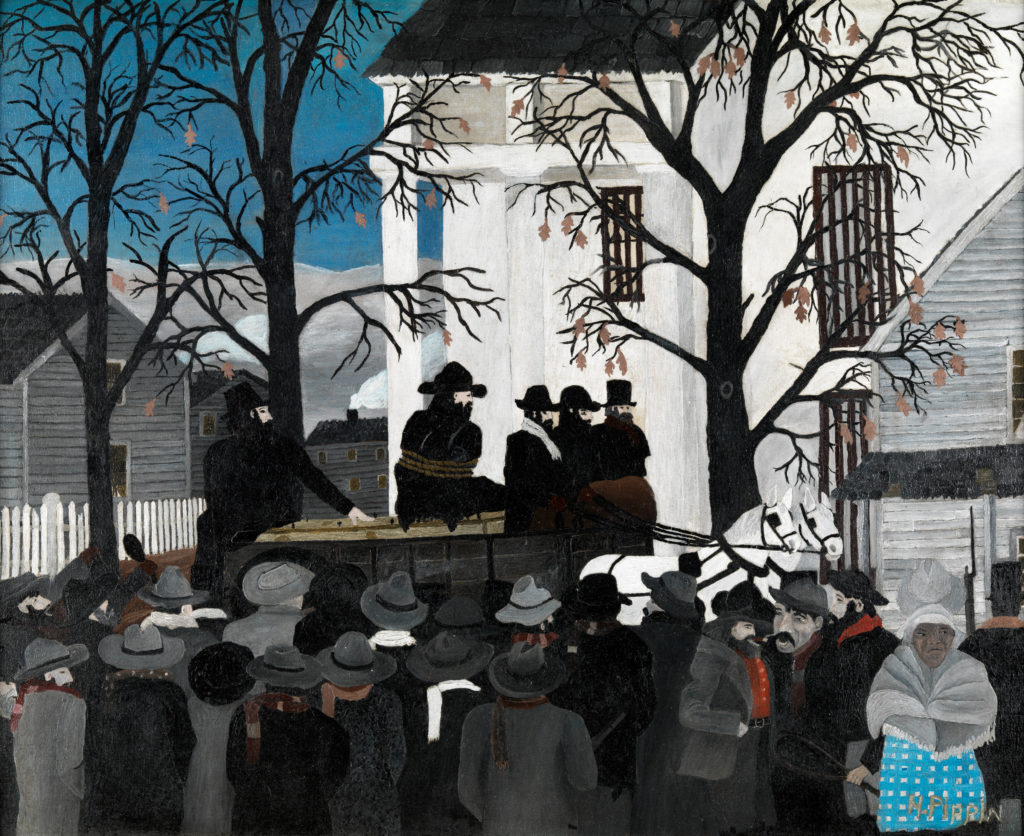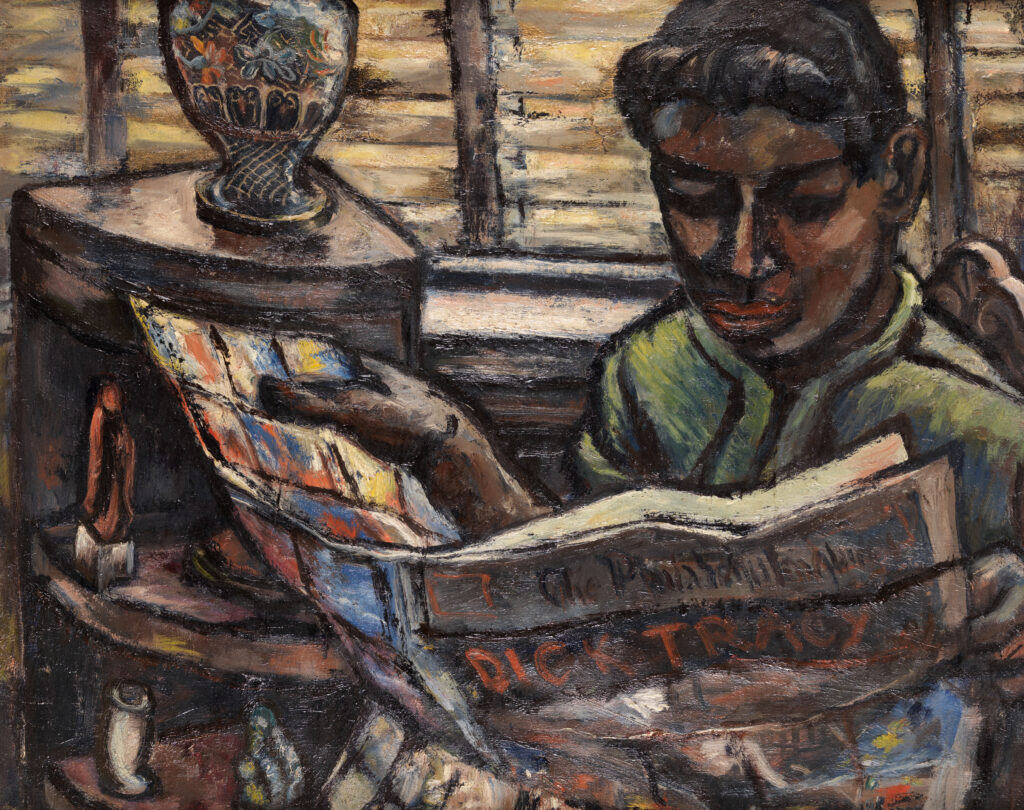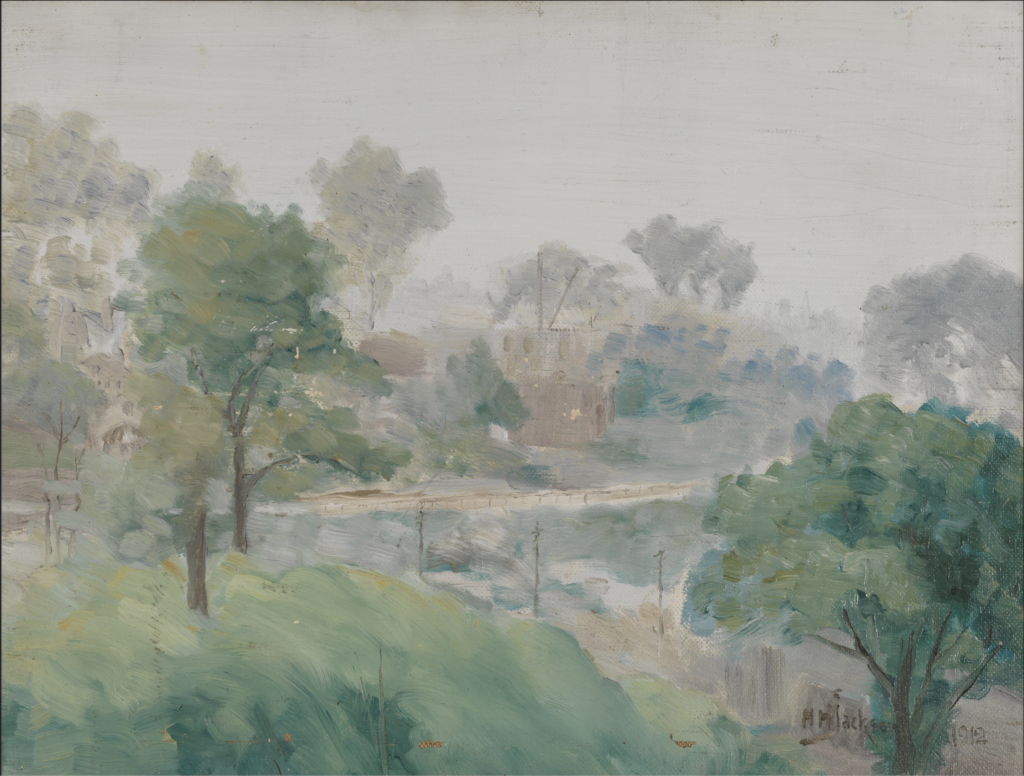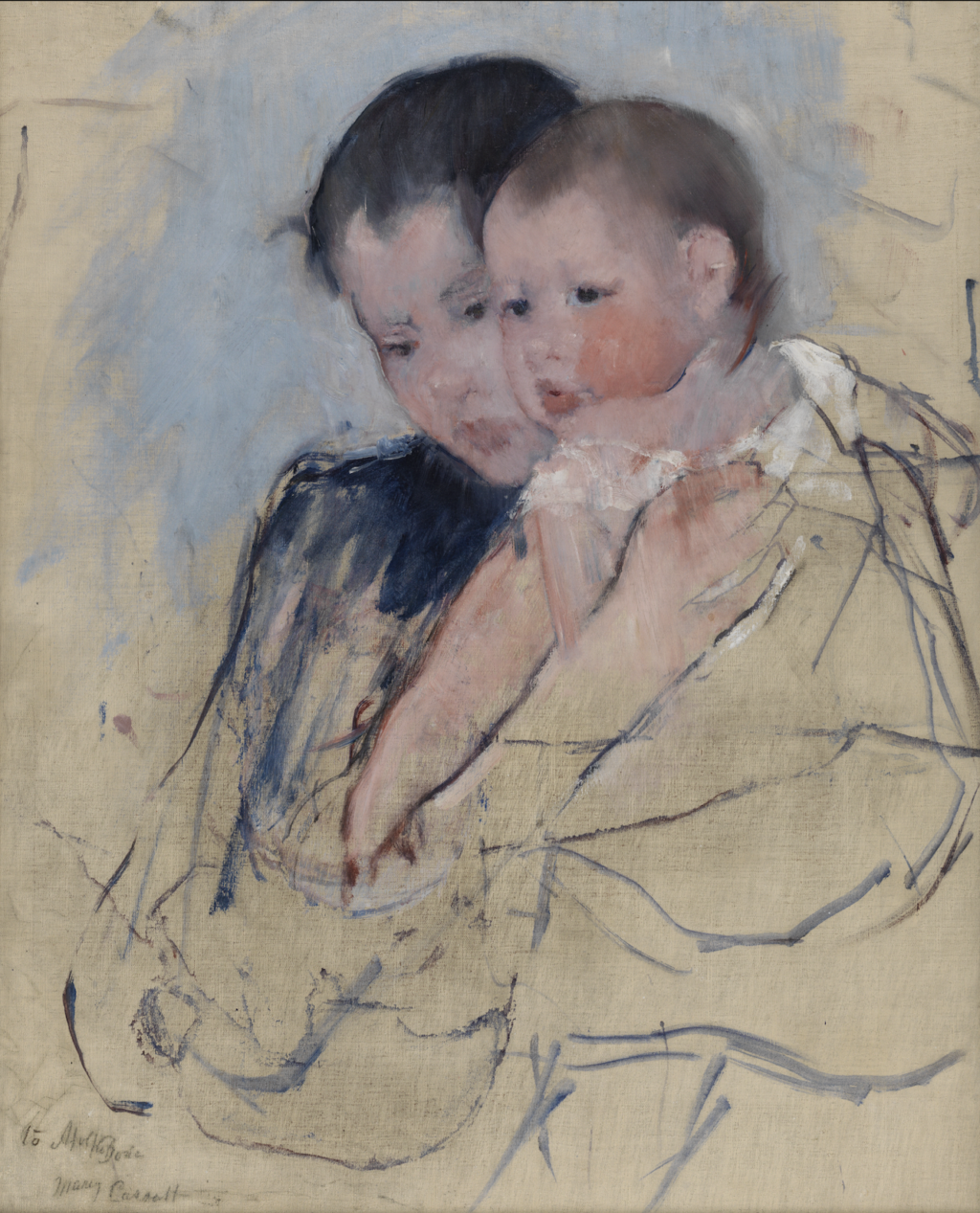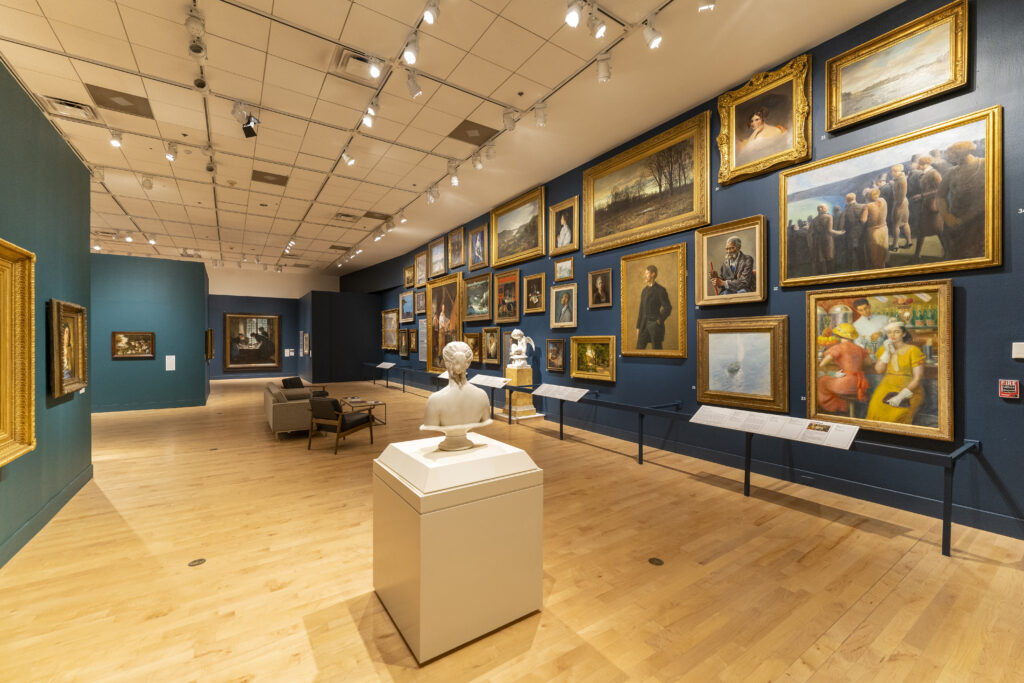Making American Artists: Stories from the Pennsylvania Academy of the Fine Arts, 1776–1976 will present over one hundred of the most acclaimed and recognizable works of American art, which have played a demonstrable role in shaping conversations about the nation’s history and identity. The exhibition offers new narratives of the history of American art, embracing stories about women artists, LGBTQ+ artists, and artists of color within a visual and thematic structure that also features iconic works traditionally associated with the Pennsylvania Academy of the Fine Arts (PAFA) such as Gilbert Stuart’s George Washington (Lansdowne Portrait) (1796) or Winslow Homer’s The Fox Hunt (1893). Accordingly, Making American Artists presents PAFA’s formidable collection of well-known historic works alongside pieces by traditionally underrepresented artists. By pairing works such as Charles Willson Peale’s George Washington at Princeton (1779) with James Brantley’s Brother James (1968), the exhibition will pose questions about what it meant to be an American artist when the institution was founded and what it meant to be an American artist by the late-twentieth century.
When Peale founded PAFA with the sculptor William Rush in 1805, they created an institution that was devoted to groundbreaking initiatives in championing American art and artists. Women artists participated in PAFA’s annual exhibitions as early as 1811, and the exhibition includes paintings by Sarah Miriam Peale, Mary Cassatt, Cecilia Beaux, Alice Neel, and May Howard Jackson, who in 1895 became the first African American woman to receive a scholarship to attend PAFA. By 1900, PAFA had enriched its collection by acquiring its first work by a Black artist, Henry O. Tanner’s Nicodemus (1899). PAFA educated African American artists in increasing numbers and acquired their works throughout the twentieth century, and its commitment to broaden the collection is further represented through works by Joshua Johnson, one of the first professional Black artists in America, Dox Thrash, Laura Wheeler Waring, Edward Loper, and Barkley L. Hendricks. The exhibition explores PAFA’s impressive collection with a critical eye and emphasizes the transformative contribution these artists have made to the history of American Art.
Making American Artists is organized into five thematic sections: portraiture, history painting, still life, genre scenes, and landscape. This format allows for objects from different time periods to be shown together, creating striking visual counterpoints designed to encourage a new dialogue about what constitutes American history and identity. Important historic portraits such as James Peale’s The Artist and His Family (1795) and Profile Portrait of George Washington (ca. 1784–6), attributed to Patience Wright, will be shown alongside works by painters from the 1960s and ’70s including Elizabeth Osborne and Barkley L. Hendricks. History, mythological, and religious paintings will allow visitors to see and make connections across time and place to show the accomplishments of American artists, as well as foster insightful cross-temporal exchanges between works of art. Penn’s Treaty with the Indians (1771–2) by Academician Benjamin West and self-taught artist Horace Pippin’s John Brown Going to His Hanging (1942) demonstrate how American artists shaped narratives of social and political issues from the past in the lived realities of their current moment.
The still life section will showcase the work of generations of trailblazing women artists and educators, from Margaretta Angelica Peale to Georgia O’Keeffe, alongside significant contributions to the genre by male artists from Severin Roesen to Raymond Saunders. Andrew Wyeth’s Young America (1950) and Hilda Belcher’s The Easter Window (ca. 1920) capture scenes of everyday life, and collectively this section tells an intimate story of American art by creating windows into the lives of women and African Americans, who were often excluded from the grand narratives of history and portrait painting, but who were the subjects, artists, and audiences of paintings within this genre such as Loper’s Sunday Afternoon (1948) or Bessie Potter Vonnoh’s Young Mother (1896). Philadelphia landscape painters Thomas Birch and William Trost Richards will be contextualized with recent acquisitions of works by Hudson River School artists David Johnson and Thomas Moran to convey a more comprehensive eco-critical history of American landscape painting, from the early Republic to the postbellum period. The works of Childe Hassam and Theodore Robinson depict the influence of French Impressionism on American art, and modernist experimentation in landscape painting is seen in paintings by May Howard Jackson and Helen Fleck Seyffert. Modernism and two world wars brought abstraction into the American landscape as can be seen in the works of Arthur Dove and Sonia Sekula.
All the featured artists’ careers were shaped by PAFA, whether through their education or the exhibition and display of their work. The exhibition’s interpretive materials and didactics critically re-examine this legacy while shedding light on PAFA’s continuing role in shaping the understanding of the relevance of American art in the twenty-first century.
ITINERARY
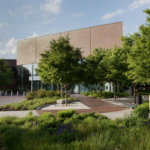

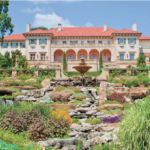
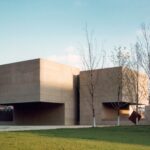
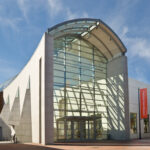

Publication
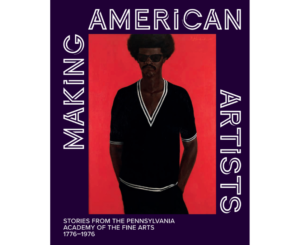
Making American Artists: Stories from the Pennsylvania Academy of the Fine Arts, 1776–1976
Editor: Anna O. Marley Contributors: Michèle Wije, Dana E. Byrd, Christian Ayne Crouch, and Jonathan D. Katz Publishers: American Federation of Arts and Hirmer Dimensions: 9 × 11 in. Format: Hardcover, 224 pages ISBN: 978-3-7774-4098-9
CREDIT
Making American Artists: Stories from the Pennsylvania Academy of the Fine Arts, 1776-1976 is co-organized by the American Federation of Arts and the Pennsylvania Academy of the Fine Arts. Lead support was provided to PAFA by the William Penn Foundation, with additional support from the Richard C. von Hess Foundation and donors to PAFA’s Special Exhibitions Fund. In-Kind support is provided by Christie’s and Gill & Lagodich Fine Period Frames, New York. This exhibition is supported by an indemnity from the Federal Council on the Arts and the Humanities.
CURATOR
Anna O. Marley, PhD, is the Chief of Curatorial Affairs and the Kenneth R. Woodcock Curator of Historical American Art, and Director of the Center for the Study of the American Artist at the Pennsylvania Academy of the Fine Arts, where she has curated over fifteen exhibitions. Marley is a scholar of American art and material culture from the colonial era to 1945.
